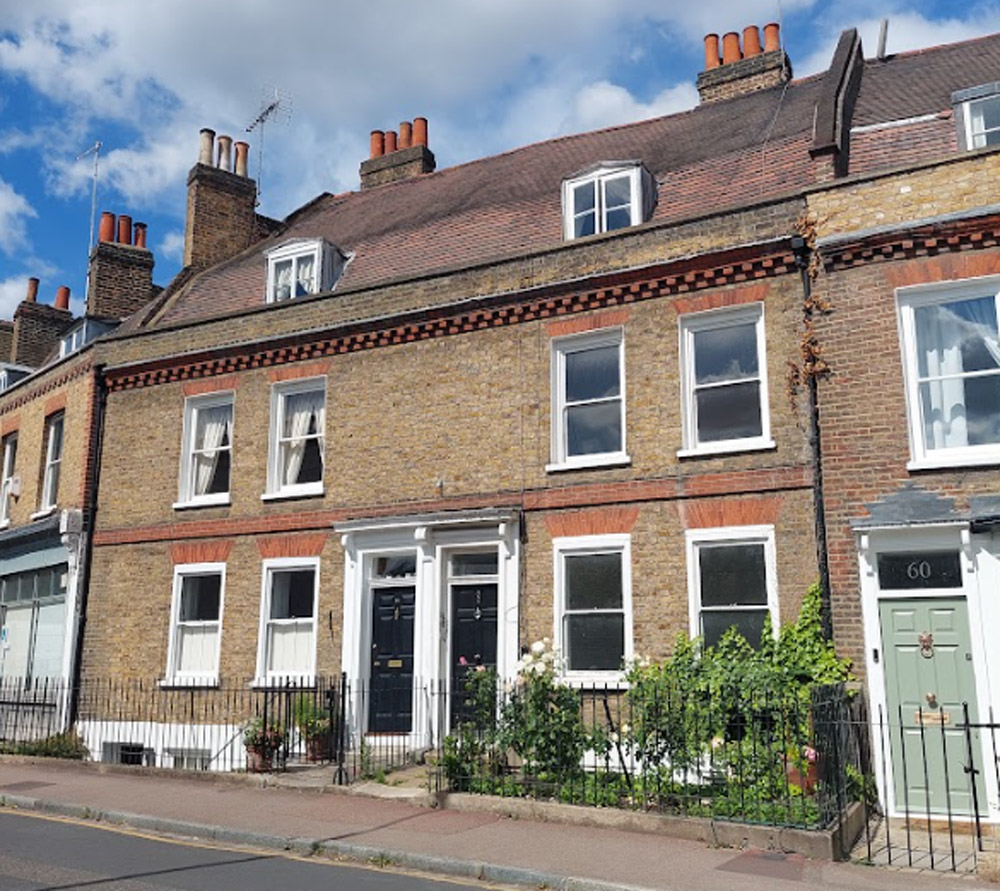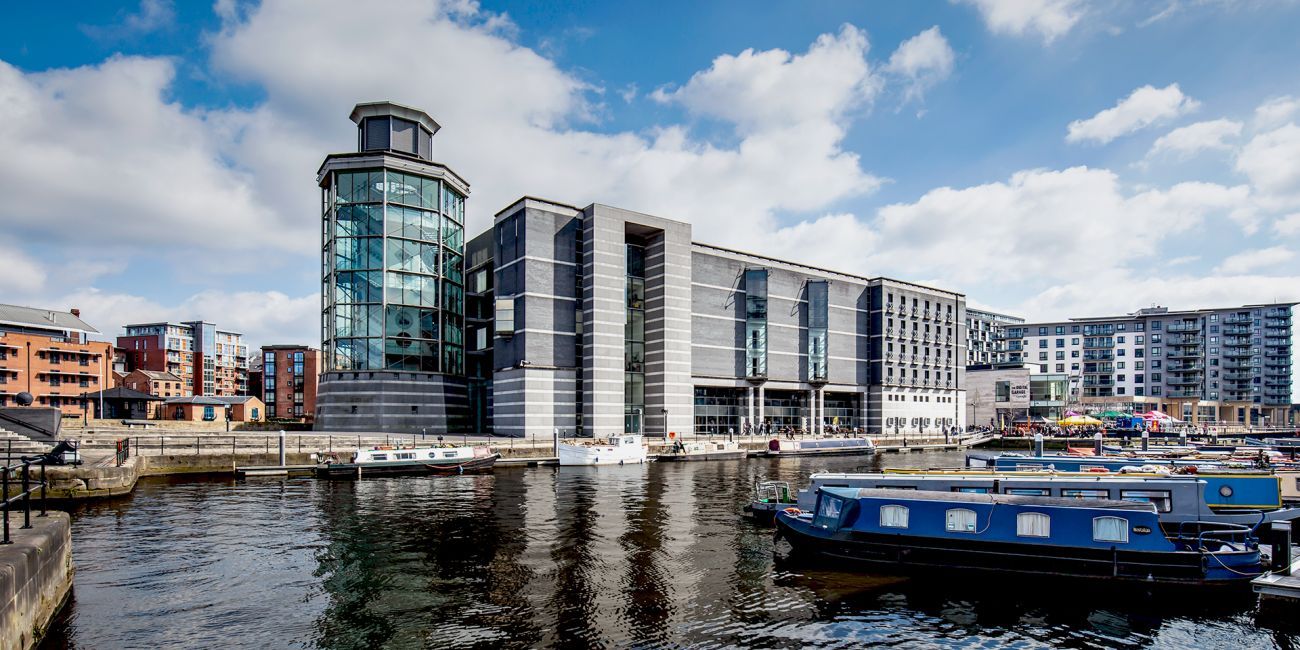
Our thoughts on the Government’s review of energy efficiency and historic homes
Following the early Christmas present from the Government, which left us heritage professionals with little to get excited about, we were rewarded with a late gift in the form of the Energy Efficiency Review (EER) which was published on 3 January.
The Government have labelled it guidance.
Our opinion? It highlights that there’s a lot of opportunities, but still some way to go.
We’re always saying it, but listed buildings should not be a barrier in reaching Net Zero and are more than capable of accommodating energy efficiency measures and low carbon heating. But is this really true? Those who have had Listed Building Consent refused for the installation of solar panels, for example, would certainly not agree that it’s true in practice.
One of the interesting, albeit unsurprising, things to come out of this review is that the ability to obtain consent for certain energy efficiency measures is essentially a postcode lottery, with there being a major discrepancy in how local authorities are dealing with such applications. We therefore welcome paragraph 164 of the revised National Planning Policy Framework, published in late 2023, which requires decision makers to
‘give significant weight to the need to support energy efficiency and low-carbon heating improvements to existing buildings’.
But there’s a stumbling block;
‘where the proposals would affect conservation areas, listed buildings and other relevant designated heritage assets, local authorities should also apply the policies set out in Chapter 16 of this Framework’.
The Government’s proposal, arising out of the EER, to implement nationwide Listed Building Consent Orders (LBCO) would go some way to alleviating the seemingly arbitrary application of NPPF policies when it comes to listed buildings and energy efficient measures.
Some Local Authorities have already begun making use of LBCOs for sustainability improvements to listed buildings, most notably the Royal Borough of Kensington and Chelsea who have produced orders for the installation of solar panels as well as the introduction of double glazing. However, we know of numerous others who have, within the past decade, been refusing LBC applications for such measures, which have then been successfully overturned at appeal.
There is clearly a need for clear, national, guidance to remove the inconsistency in approach found across the country. Whilst the introduction of nationwide LBCOs would allow for a more level playing field when it comes to improving energy efficiency measures for listed buildings, more work will need to be done to avoid generalised accounts on the impact of these works.
As we discuss with clients on a daily basis, each listed building holds significance for its own, unique reasons, with variation across regions, differing ages, typologies and materials. Before even contemplating measures to enhance the thermal performance of a historic building, it is important to assess it to understand its significance, its construction and how it performs. Only then can you understand whether works such as loft insulation or replacement boilers may be appropriate to undertake.
The question therefore is whether nationwide LBCOs can at once streamline the process of sustainably upgrading listed buildings whilst capturing a detailed and nuanced approach to our historic building stock; understanding that measures that will be appropriate for some will potentially be harmful to others. It is certainly a tricky balance to achieve.
Based on the success of existing LBCOs at a local level, we believe that there is potential for nationwide LBCOs to enable listed buildings to play a crucial role in helping the UK transition to Net Zero, albeit it won’t be without challenge!
What do you think?


